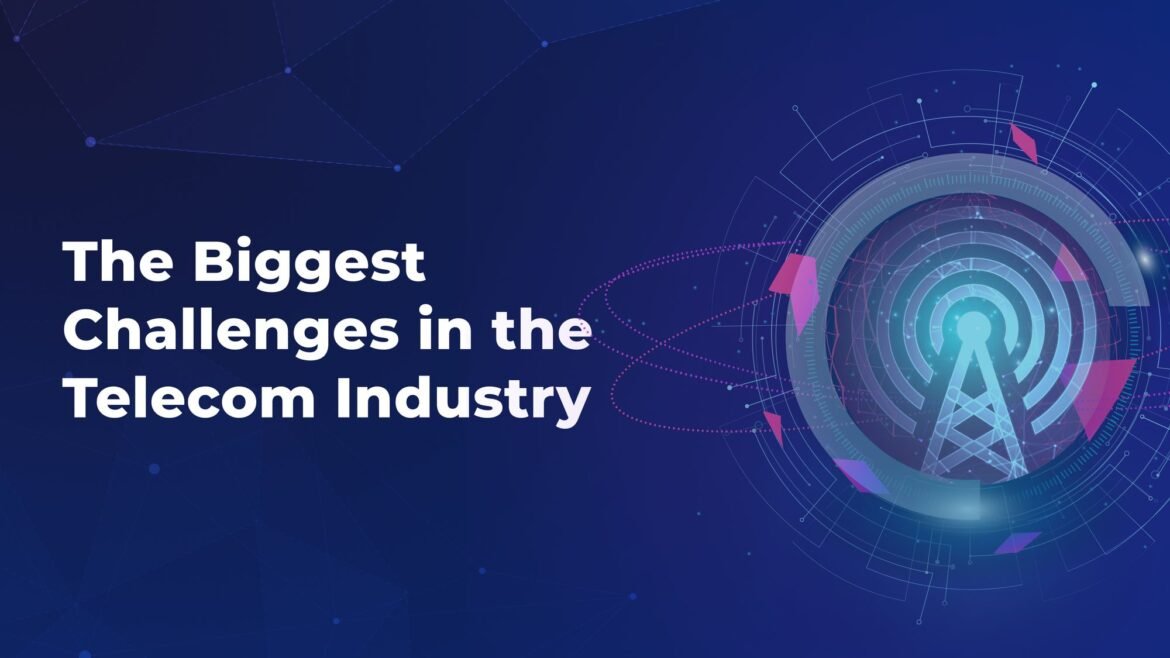
Evolution of Telecommunications Industry
Historical Overview
The telecommunications industry has undergone profound changes over the years. From the early days of smoke signals and messenger pigeons to Alexander Graham Bell’s invention of the telephone in 1876, communication has evolved extensively.
- Early Innovations: The telegraph, introduced in the 1830s, revolutionized long-distance communication.
- Wireless Revolution: The 20th century saw the rise of radio and television broadcasts, connecting people like never before.
These historical milestones set the stage for the digital transformation that would follow.
Impact of Technological Advancements
Fast forward to today, and the impact of technological advancements is palpable. The introduction of satellites, fiber optics, and now the Internet has enhanced communication speed and efficiency tremendously.
Examples include:
- Mobile Revolution: The rise of cellular technology allowed for instant communication anywhere, paving the way for smartphones.
- VoIP Technology: Services like Skype and Zoom have redefined global interactions, making them accessible and affordable.
In essence, the evolution of telecommunications continues to reshape our daily lives, underpinning the future of telecommunications in ways we cannot yet fully grasp.

Current Challenges in Telecommunications
Bandwidth Limitations
Despite remarkable advancements, the telecommunications industry still faces significant challenges, one of the most prominent being bandwidth limitations. As more devices connect and consume data, the existing infrastructure strains to keep up.
- Increased Demand: With the rise of streaming services, gaming, and remote work, bandwidth requirements have surged.
- Outdated Infrastructure: Many areas still rely on old copper lines, which can hinder speed and efficiency.
These limitations not only frustrate users but also pose challenges for service providers striving to enhance connectivity.
Security Concerns
Alongside bandwidth issues, security concerns continue to be a pressing challenge in telecommunications. With increased connectivity comes increased vulnerability.
- Cyber Threats: Hackers target telecommunications networks to exploit sensitive data, which can have dire consequences.
- Privacy Issues: As more information is shared online, protecting user privacy has become more critical than ever.
For instance, recent breaches have shown how easily personal information can be compromised. Therefore, the industry must bolster security measures to ensure safe and reliable communication for all users.

Anticipated Trends in Telecommunications
5G Technology Implementation
As we move forward, one of the most exciting trends is the growing implementation of 5G technology. This next-generation network promises to revolutionize telecommunications by offering unparalleled speeds and lower latency.
- Faster Speeds: Users can expect download speeds up to 100 times faster than 4G. This means seamless streaming and quicker uploads!
- Enhanced Connectivity: 5G can support millions of devices per square kilometer, shaping a truly connected environment.
I remember my first experience using a 5G connection—it was like switching from a bicycle to a Ferrari!
Internet of Things (IoT) Integration
In tandem with 5G, the integration of the Internet of Things (IoT) is another trend that’s hard to ignore. IoT enables everyday devices to connect to the internet, enhancing convenience and efficiency.
- Smart Homes: Devices like thermostats, lights, and even refrigerators can now communicate, leading to improved energy management.
- Industry Transformation: In sectors like healthcare, IoT devices can monitor patients in real-time, dramatically improving outcomes.
As these technologies advance together, they will reshape how we live, work, and communicate, indicating that the future of telecommunications is indeed bright and full of potential.

Future Communication Technologies
Artificial Intelligence in Telecommunications
Moving into the future, Artificial Intelligence (AI) is set to significantly impact telecommunications. By leveraging AI, companies can enhance customer interactions and network management.
- Smart Customer Service: AI chatbots are becoming increasingly sophisticated, allowing for faster resolution of issues without human intervention.
- Predictive Analytics: Telecom operators can utilize AI to analyze vast amounts of data, predicting network issues before they become a problem.
In my own experience, using an AI assistant to resolve billing queries was not only efficient but surprisingly engaging!
Virtual Reality and Augmented Reality Applications
Another frontier in communication technologies is the integration of Virtual Reality (VR) and Augmented Reality (AR). These technologies are poised to transform how we interact and collaborate.
- Enhanced Collaboration: VR can create immersive environments for remote teamwork, making interactions feel more personal and engaging.
- AR Marketing: Businesses are already using AR applications to offer virtual try-ons, enhancing customer experience and engagement.
As these technologies evolve, they promise to create new pathways for communication, demonstrating that the future of telecommunications is increasingly intertwined with innovation and creativity.

Regulatory and Policy Changes
Net Neutrality Considerations
As the telecommunications landscape evolves, regulatory and policy changes play a critical role, particularly regarding net neutrality. This principle ensures that all internet traffic is treated equally, preventing service providers from prioritizing certain content or websites.
- Consumer Protection: Without net neutrality, users risk facing throttled speeds for specific services, which can disrupt businesses and daily activities.
- Competitive Landscape: It encourages innovation by allowing new companies to compete on equal footing with established giants.
Reflecting on my own browsing experiences, net neutrality has allowed me to explore information freely without fearing blocked websites.
Global Telecommunication Standards
Equally important are the discussions surrounding global telecommunication standards. As technology transcends borders, the need for unified policies becomes paramount.
- Interoperability: Standardization helps ensure that devices and networks can communicate seamlessly across different regions, fostering international cooperation.
- Regulatory Clarity: Clear standards can simplify compliance for telecom operators, promoting fair competition and innovation.
As we navigate these regulatory challenges, it’s crucial for stakeholders to engage in meaningful dialogues to shape policies that benefit everyone, ensuring that the future of telecommunications remains accessible and equitable.
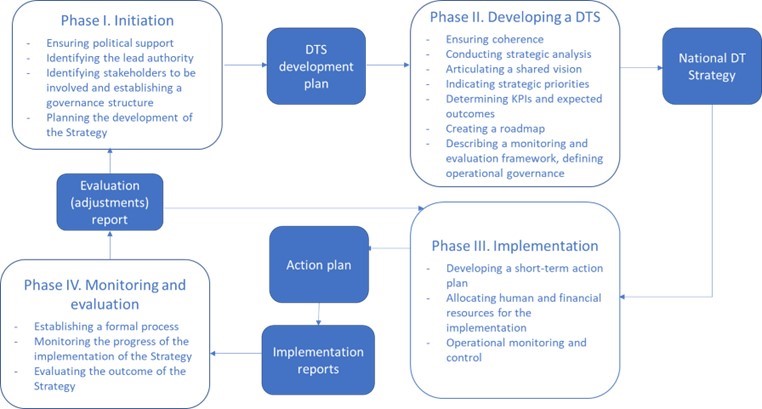
The Shift towards Digital Transformation
Cloud-Based Communication Solutions
Continuing with the ongoing theme of transformation, the telecommunications industry is increasingly embracing cloud-based communication solutions. This shift is allowing businesses to operate with greater flexibility and scalability.
- Cost Efficiency: Moving to the cloud reduces the need for on-premise hardware, enabling companies to cut costs significantly.
- Remote Accessibility: Employees can connect from anywhere in the world, facilitating remote work and enhancing productivity.
I recall the ease of transitioning to a cloud-based system during a recent office move—it was seamless and allowed my team to stay connected instantly.
Blockchain in Telecommunications
Another exciting development is the application of blockchain technology. While originally associated with cryptocurrencies, blockchain is making waves in the telecom sector by providing enhanced security and transparency.
- Fraud Prevention: Blockchain can help curb identity theft and fraudulent activities by creating immutable records of communications.
- Smart Contracts: They enable automatic execution of agreements between parties, simplifying time-consuming processes.
These innovations indicate a promising future where digital transformation not only streamlines operations but also builds trust and efficiency in telecommunications. The industry is poised for continued evolution, making it an exciting time to be involved.
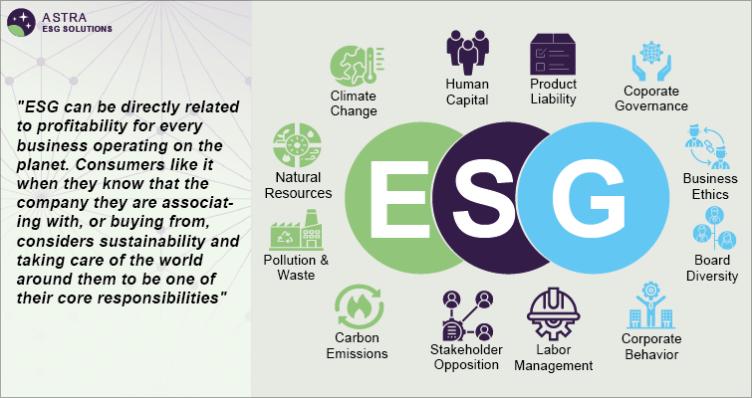
Environmental Impact and Sustainability
Green Initiatives in Telecommunications
As we delve deeper into the future of telecommunications, environmental impact and sustainability are taking center stage. Many companies are adopting green initiatives to minimize their ecological footprint.
- Renewable Energy Usage: Telecom giants are increasingly sourcing energy from solar or wind power, significantly reducing carbon emissions.
- Eco-Friendly Equipment: By choosing energy-efficient devices and materials for installations, companies are making strides to lessen their environmental impact.
Reflecting on my own experiences, seeing my service provider promote solar-powered cell towers was a refreshing reminder of how industry leaders can prioritize the planet.
Energy Efficiency in Telecommunication Infrastructure
Beyond individual initiatives, there’s a significant push for energy efficiency within telecommunications infrastructure itself. Upgrading old equipment can lead to massive energy savings.
- Smart Grids: Implementing intelligent network management systems allows for optimized energy use across networks.
- Reduced Cooling Requirements: New technologies reduce electricity consumption needed for cooling servers, which historically consumed vast amounts of power.
As these energy-efficient practices become more widespread, the telecommunications sector is not only improving its sustainability but also inspiring other industries to follow suit, showcasing the power of innovation in addressing environmental challenges.
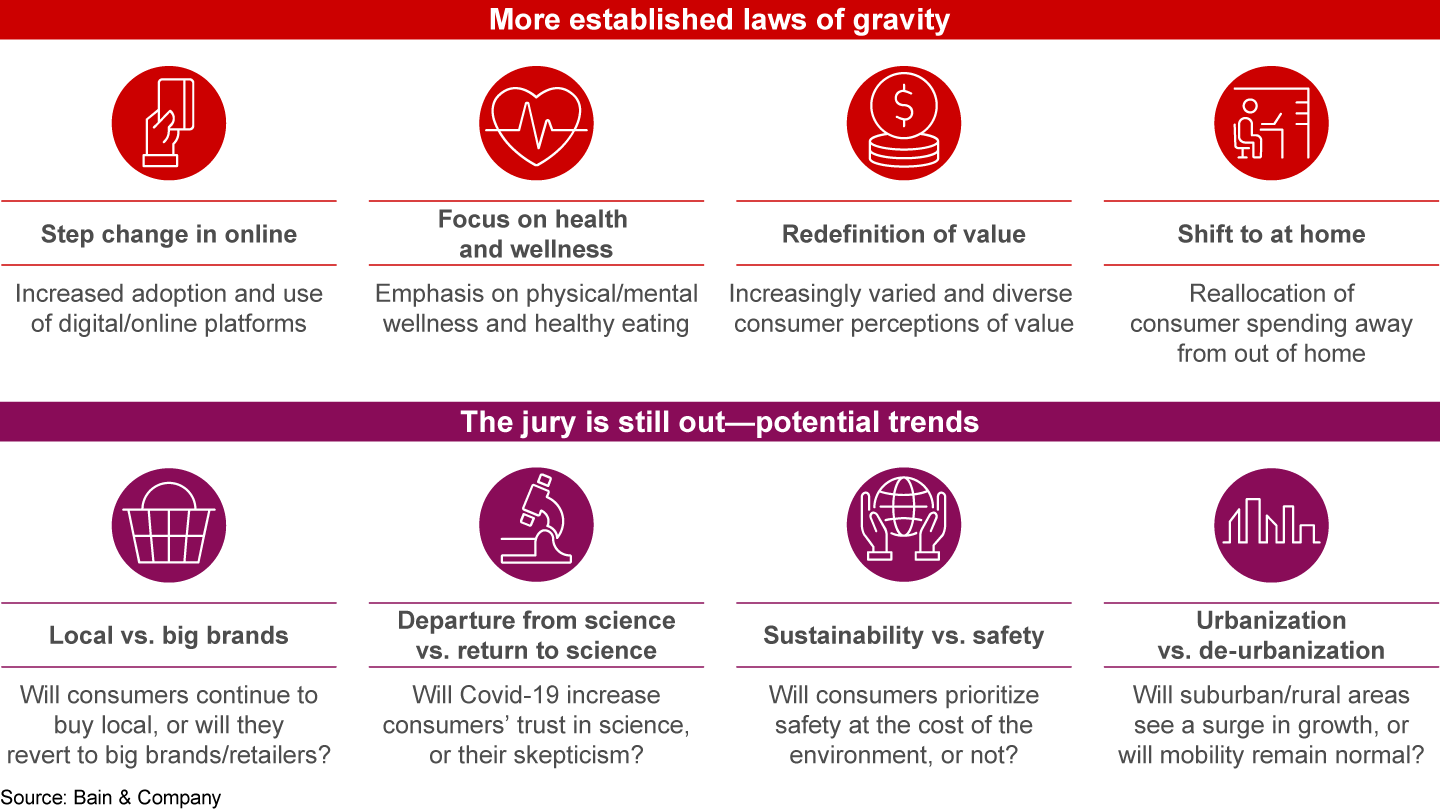
Anticipated Consumer Behavior Changes
Demand for Personalized Communication Services
As we look to the future, anticipated changes in consumer behavior are reshaping the telecommunications landscape. One key trend is the growing demand for personalized communication services.
- Customized Solutions: Consumers are increasingly seeking services tailored to their unique needs, such as individualized plans or targeted marketing communications.
- Enhanced Customer Experience: Companies that use data analytics to provide a more customized experience will likely see higher customer satisfaction and loyalty.
I remember when my provider offered a plan specifically designed for my family’s streaming habits—it felt great to have a service that understood our unique needs!
Shift towards Remote Work and Telecommuting
Alongside personalized services, there’s a significant shift towards remote work and telecommuting. The pandemic accelerated this trend, prompting many to seek more flexible work environments.
- Increased Flexibility: With remote work here to stay, consumers are now prioritizing services that support home offices, like high-speed internet and secure connections.
- Work-Life Balance: As employees embrace telecommuting, they demand solutions that enhance their work-life balance, leading to an increased interest in communication tools that facilitate collaboration at a distance.
These evolving consumer preferences indicate a dynamic shift in the telecommunications space, signaling that providers must adapt quickly to meet new expectations and enhance the overall customer experience.

Collaboration and Partnerships in the Industry
Joint Ventures and Mergers
As the telecommunications landscape evolves, collaboration and partnerships are becoming increasingly vital. One significant trend is the rise of joint ventures and mergers, which aim to pool resources and expertise for better market competitiveness.
- Shared Resources: Companies joining forces can share infrastructure costs, reducing operational expenses.
- Market Expansion: Mergers allow companies to enter new markets, broadening their customer base and service offerings.
I recently noticed how a merger led to better service options from my provider, highlighting the positive outcomes such partnerships can yield.
Strategic Alliances for Innovation
In addition to mergers, strategic alliances aimed at fostering innovation are gaining momentum. By collaborating with tech startups or research institutions, traditional telecom companies can harness cutting-edge technologies.
- Rapid Development: Partnerships enable quicker adoption of new technologies, keeping companies ahead of the competition.
- Shared Expertise: Pooling knowledge from diverse sectors enhances creativity and generates innovative solutions.
These alliances can lead to groundbreaking advancements that not only improve consumer experience but also redefine industry standards. As collaboration becomes the norm, the telecommunications sector is set to thrive through innovation and synergy.
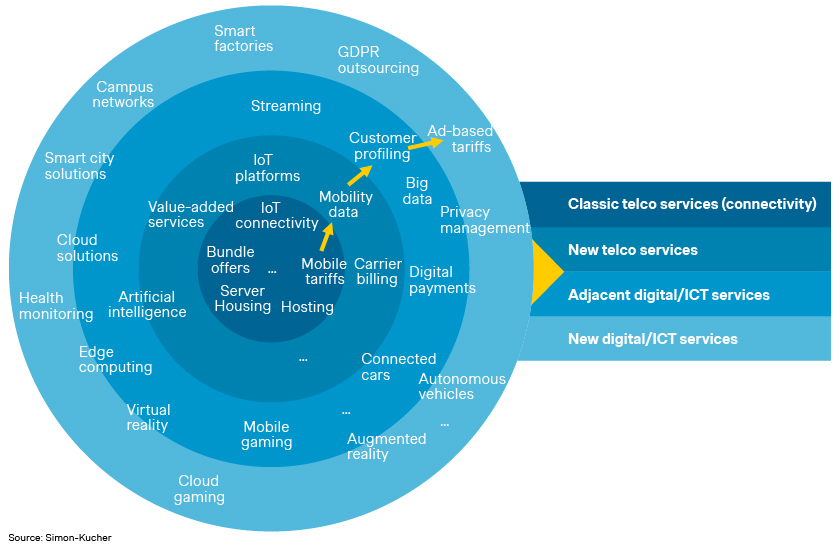
Conclusion and Key Takeaways
Summary of Future Predictions
In recap, the future of telecommunications seems both dynamic and promising. With the implementation of 5G technology, widespread IoT integration, and the rise of AI-driven solutions, we are on the brink of a transformative era.
- Enhanced Connectivity: Expect faster networks and improved user experiences.
- Innovative Applications: Technologies like VR and AR are set to reshape communication.
My personal experience with early tech adoption shows how transformative these trends can be.
Implications for Businesses and Consumers
For businesses, these advancements present opportunities for growth and efficiency. Companies that adapt to these changes will likely gain competitive advantages.
For consumers, the demand for more personalized services and enhanced communication tools means a better overall experience. As the telecommunications industry evolves, both consumers and businesses must stay informed and engaged, embracing the innovations that promise to enhance how they connect and collaborate in the future.
